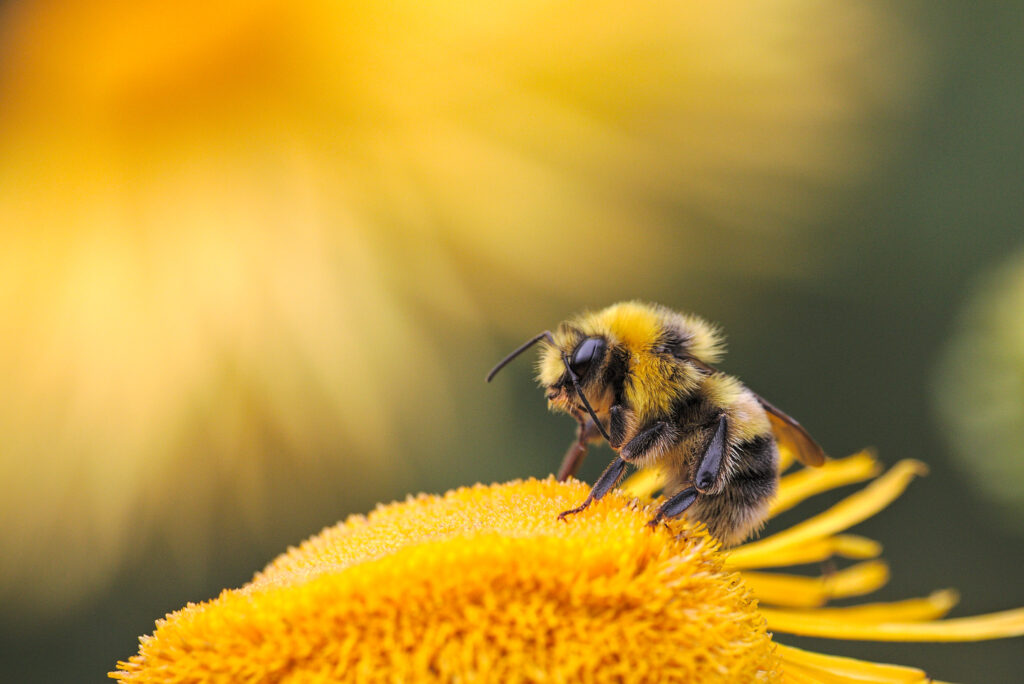
Pollinators, such as bees and bats, are vital for global food production. They provide an ecological service that’s necessary for the reproduction of nearly 75% of the world’s flowering plants, including more than two-thirds of global food crops.
Bumblebees are among the most important plant pollinators. They pollinate many food crops, including apples, tomatoes, blueberries and legumes, as well as countless types of trees, shrubs, and wildflowers.
According to a new study by researchers from Simon Fraser University in Canada, temperature changes have negatively impacted most bumblebee species during the past 120 years. The research, which was recently published in the journal Biology Letters, found that these changes in temperature had more of a negative impact than other factors such as precipitation or floral resources.
The research team analyzed existing data on 46 bumblebee species across North America between 1900 and 2020. The researchers created two occupancy models – one that was focused on time and the other that focused on environmental factors – to see how climate change and land-use variables impacted species’ occupancy. They found that six bumblebee species decreased through time, 22 increased, and 18 remained stable.
Temperature changes had primarily negative impacts on bumblebees. In fact, 37 of the 46 species studied exhibited declines or less positive occupancy increases under observed changes in temperature when compared with temperatures remaining constant. Approximately half of the bumblebee species were negatively impacted by changes in precipitation or floral resources while the other half were positively impacted.
Bumblebee populations are changing as a consequence of climate change.
**********
Web Links
Climate change negatively impacting bumble bees: Study
Photo, posted July 14, 2019, courtesy of Dmitry Grigoriev via Flickr.
Earth Wise is a production of WAMC Northeast Public Radio.
Leave a Reply